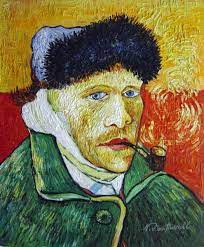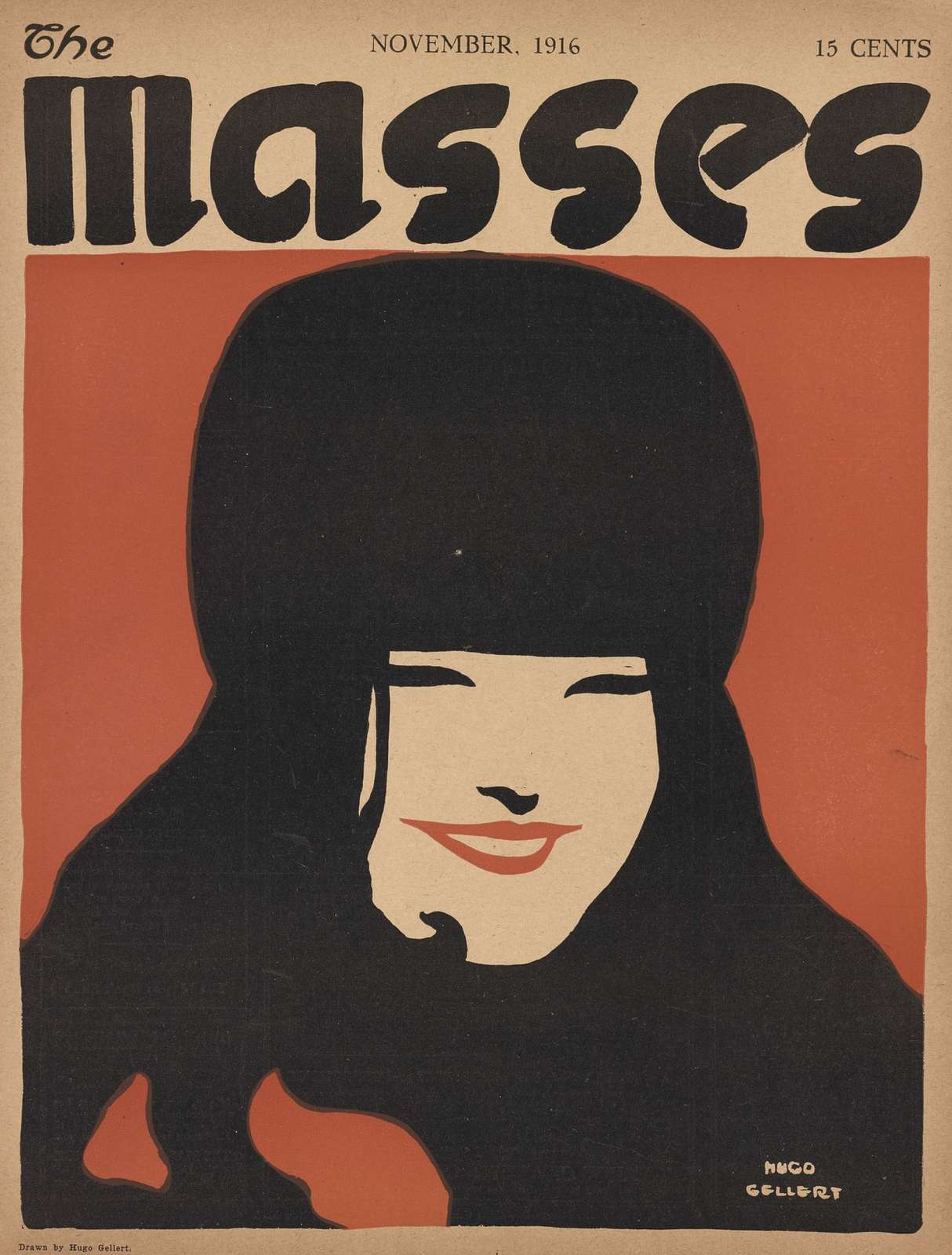Elizabeth Jaxman or ? (....better suggestions)
Monday 29 January 2024
Jaxman or Jarman ?
Sunday 28 January 2024
Lillsjönäsgårt
A stone's throw from Abrahamsberg metro station, we find a remnant of rural Bromma. Nestled in greenery, at the end of a lime tree avenue, is Lillsjönäs farm. A place with traces of the past.
Wednesday 17 January 2024
A mystery and mystic print......
Johanna Goerke-Cassirer (b. 1942)
It took me also some time to "see the image" of the jazz players in Kandinsky's abstract woodblock print. And I am convinced one day I will see the mystery in this "Misterien" (1978, edition 5/10) print by contemporary Berlin artist Johanna Goerke-Cassirer (b. 1942) (thank you Wolfgang identifying the signature).
I "see" (in a beautiful and very Kandinsky colour combination) a robed King, Maria and her cousin Elisabet and a crowd in an "Old Master" painting setting. Having acquired it I dropped the artist a letter (email to her website). To let her know the travels of her work, my happiness, admiration and content and of course also to inquire what has her inspiration creating her "Misterien"..... almost half a century ago.
Speaking of Kandinsky: Gabrielle Münter did his portrait in a woodblock print in1906. It was re-issued by a German happy smokers club (Radford's) in 2001 in a limited to members edition appearing in eBay occasionally. Since the real thing is not meant for (us) mortal print collectors .......... I think I saw a copy washing up recently.
Although there are more Jewish Cassiser families, the artist's maiden name, Cassirer, to me as an amateur biographer makes curious. Is there a connection to Paul and his cousin Bruno: Berlins (and Germany's) most influential art dealers, gallerists and publicists 1900-1930, a century ago ?
Friday 12 January 2024
Artificial Intelligence and the fishing woman
Jacques (Karel Maximilian Jacob) Comte de Lalaing
(London 4/14-11-1858 - 10-10-1917 Brussels)
Anyway: inquisitive by nature, a book was discovered containing 108 early original anatomical photographical studies, created by Lalaing himself and once belonging to his estate. It is since 2014 kept in the collections of the Amsterdam Rijksmuseum and: its contents been made digitally available. To my surprise I found these pictures, obviously his own studies for the crouching nymph.
Mystery dragon print
Monday 8 January 2024
Hugo Gellert
They also resemble the "Clair-Obscure" technique prints by French painter and printmaker Felix Valloton. The 1898 photo of reclining Marie de Reignier ("nue allongée) was composed by French photographer Pierre Louys.
Gellert, Hugo (Hungarian: Gellért Hugó), born Hugó Grünbaum (Budapest 03-05-1892 - 09-12-1985 New York City)
Illustrator and muralist. In 1906, his Jewish family immigrated to the United States, arriving and settling in New York City and changed their surname from Grünbaum into Gellert. He was the oldest of 6 children.
Studied at the Cooper Union and the National Academy of Design. He is known as a fervent socialist and member of the Communist Party of America. His nickname is the Honoré Daumier of the American left.
He married expressionist painter Livia Cinquegrana (Australia 1894 - 1988).
He was a contributing and cover designing artist to "the Masses" and was a founding editor of “the Liberator” and the “New Masses”. Gellert occupied a seminal position in organising the John Reed Club and the Artists' Union.
He is known to have created several covers for innovative American monthly magazine of socialist politics “the Masses” in 1916 and 1917 magazine which appeared between 1911 and 1917. The magazine was founded by Dutch immigrant Piet Vlag* .
https://lapetitemelancolie.net/tag/hugo-gellert/ for feather reading.
* Vlag, Piet (Netherlands, ? - ? )
In 1905 Piet Vlag is said two have been “an eccentric Dutch socialist” and “an East Side Socialist and advocate of worker cooperatives who immigrated to America in 1905 and starting his career as manager and cook in basement restaurant of New York Rand School of Social Science (1906-1956), a school for workers and socialists which was associated with the Socialist Party.
See: https://www.newyorkalmanack.com/2022/06/socialism-greenwich-village-the-masses/
In 1911 he is mentioned as founder and publisher of the magazine “the Masses”, a socialist, activist and critic magazine to enrich and educate the masses (working class people) “weather they liked it or not”. It is mentioned “he had knowledge of the Arts & Crafts movement and its school which were becoming popular in the Netherlands since 1890s”. The magazine became controversial, suspicious and banned because of its opposing taking part in WW-I . It’s first volume was published in Januari 1911.
Piet(er) Vlag’s identity is not yet established. In Dutch official sources most persons born 1850-1885 named Pieter Vlag seem to have been born in either a family in Ellewoutsdijk (prov. Zeeland) or in Oudenhoorn (prov. Zuid-Holland) .
It is said he left the Magazine and New York disillusioned 18 months later (….. summer of 1912....) to Florida. However: no further traces of Piet (Pieter) Vlag could be found.
 |
| Piet Vlag's portrait by an unknown artist Polpini (?) (probably appeared in one of the first volumes of the Masses) |
All information concerning Piet Vlag would be much welcomed !
(All pictures borrowed freely from the Internet for academical and non commercial use).
Friday 5 January 2024
Claude Loewer
Claude Loewer
(La Chaux de Fonds 1917 - 2006 Montmollin Sw.)
This abstract pastel water colour painting was offered as attributed to Claude Loewer and was acquired, inexpensively, simply because I liked it. Very much, and even maybe somewhat faded and without a proper signature or name attached. The attribution probably an educated guess by the seller. He was a Swiss painter who'd studied in Paris' academies in the 1930s and probably/possibly also under André Lhote (1885-1962). In 1940 he moved back to Switserland. He was heavily involved in the famous Raymond Picaud tapestry studios in Aubusson (dep. Creuse) executing his designs in wool.
Tuesday 2 January 2024
Il Pordenone
Giovanni Antonio de Sacchis (1484 - 1539)
(also known as Il Pordenone
The name Il Pordenone comes from Latin Portus Naonis, meaning "port on the Noncello River" (North East Italy) where he created a famous fresco.
Before moving in the 1530s to Venice—where he became a rival of Titian—Pordenone executed altarpieces for churches in his hometown and the surrounding area. Drawer in the style of red chalk drawings by (and mistaken for) his later colleague Giovanni Barbierri (aka Il Guercino) (1591-1666).
The original drawing is kept in the Albertina Museum in Vienna, a copy by an unknown drawer after (but not as good) of the original, in Haarlem Tyler’s Museum in the Netherlands (below).








































